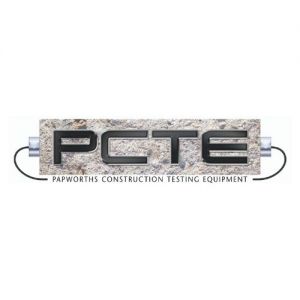Concrete Compression Test ? What is the Procedure?Posted by PCTE on March 1st, 2016 Concrete compression tests are performed to determine the compressive strength of the material. It is one of the commonly used concrete tests, the other being the slump test. Laboratory testing of concrete in Australia is typically concerned with testing the compression of cylinder samples. The correct procedure, sampling equipment, and testing equipment for concrete compression tests are defined in the AS101. Here is a procedure for concrete compression test where cylinder or concrete cube specimens are tested in the laboratory: 1. Prepare the following things: A ruler, pen or pencil, paper, measuring tape, calculator, gloves, safety goggles, concrete specimens, calculator, and the testing machine. You can use different concrete testing equipment such as manual, semi-automatic, and automatic compression testing machines. 2. Safety first! Wear your safety goggles and hand gloves. 3. Confirm the dimensions of the concrete specimens by calculating the cross sectional area in mm2 and the height and jot down the results on paper. 4. Turn on the concrete compression test machine and place a concrete specimen in its loading area. 5. For semi-automatic machines use fast advance speed to bring the platens in contact with the sample, for automatic machines start the test with the correct load rating. 6. 'Zero' the force display for semi-automatic machines 7. Increase the pressure on the sample at the load rate defined in the standard. Gradually apply load without shock. 8. Observe the specimen and stop applying the load when it starts to break and the system has recorded a peak force value 9. Be sure to write the ultimate load on paper. You should be able to find that on the display screen. 10. Remember to clean the testing equipment and the machine by removing the cracked concrete from it. You can do this once the piston is back in its position. Remember to turn off the equipment. 11. Calculate the compressive strength of concrete. The load unit is typically Newtons or Kilo Newtons (N). N/mm2 or MPA is the unit of the compressive strength. About the Company: PCTE supplies a range of equipment from around the world to offer you a one stop shop with all of the latest equipment. Concrete Non Destructive Testing (NDT) comprises testing a property of concrete, largely without damaging the concrete to assess some parameter that either directly or indirectly provides a required characteristic of the concrete or its embedment. For more details, you can contact us at the website. Like it? Share it!More by this author |


